13 Pieces of Vintage Mail That Tell a Different Story About the Past
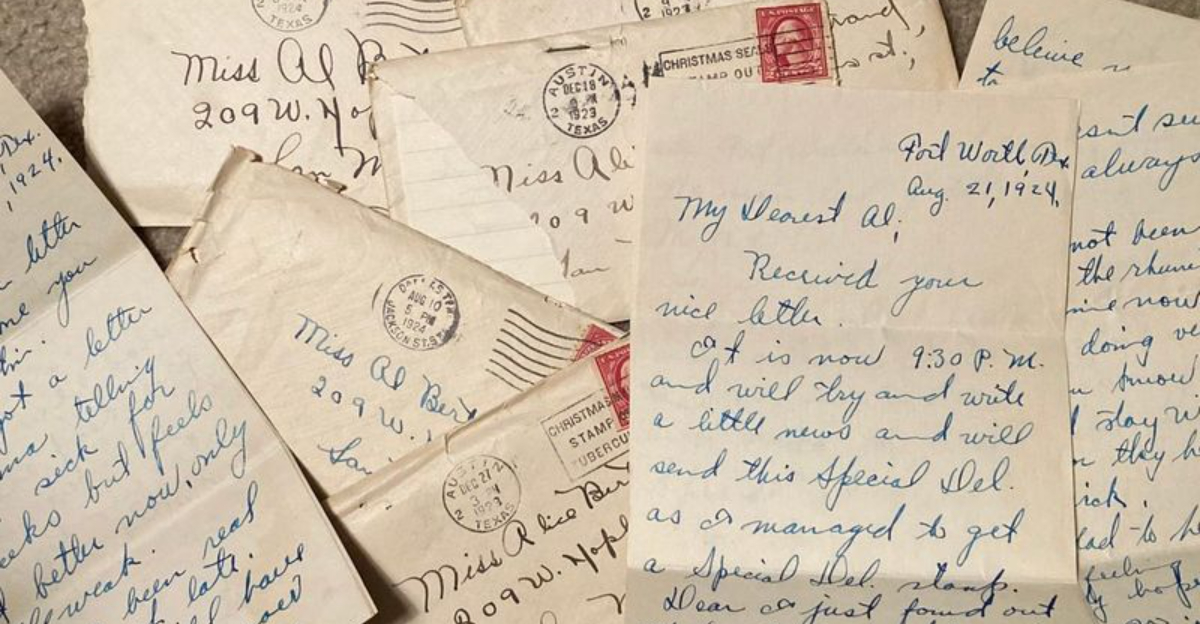
Before emails and texts took over, people connected through handwritten letters, postcards, and telegrams. Each one offered a snapshot of the time, culture, and emotions behind the words.
Vintage mail wasn’t just about the message but also about the personal touch, the stamps, and the stories that came with every envelope. These 13 pieces of vintage mail give us a different perspective on the past.
From heartfelt love letters to quirky postcards, they offer a fascinating look at history and the personal connections that shaped it.
1. World War II Soldier’s Letter
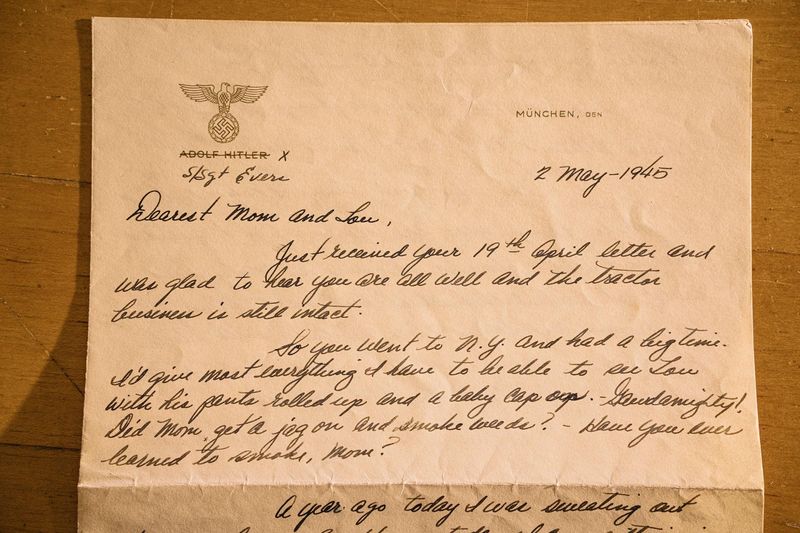
A soldier’s letter from the World War II era is a poignant reminder of courage and longing. Written from the trenches, it communicates the daily realities faced by soldiers, interspersed with expressions of hope and messages of love to family.
These letters served as emotional anchors for both the sender and recipient, offering solace amidst chaos. They provide historical insights into the soldier’s life, capturing the essence of wartime communication, and highlight the power of words in sustaining morale and human connection during turbulent times.
2. Love Letters from the 1920s
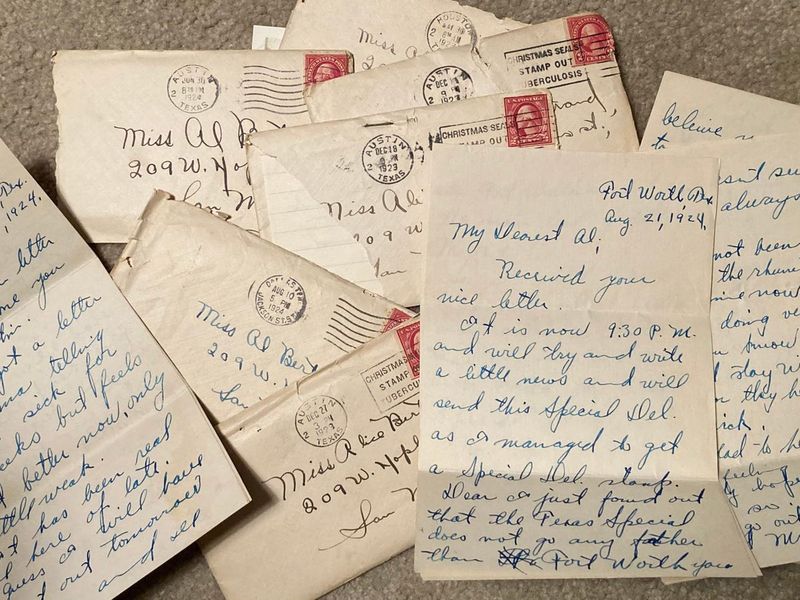
In the 1920s, love letters were lifelines for long-distance romances. A young man’s heartfelt letter to his beloved, penned in elegant cursive, reveals the depth of affection and yearning.
These letters capture not just personal emotions, but also societal norms where written words nurtured relationships.
Such correspondence reflects the era’s social etiquette and the cherished art of letter writing, offering glimpses into the intimate moments of the past.
3. Victorian Era Postcard
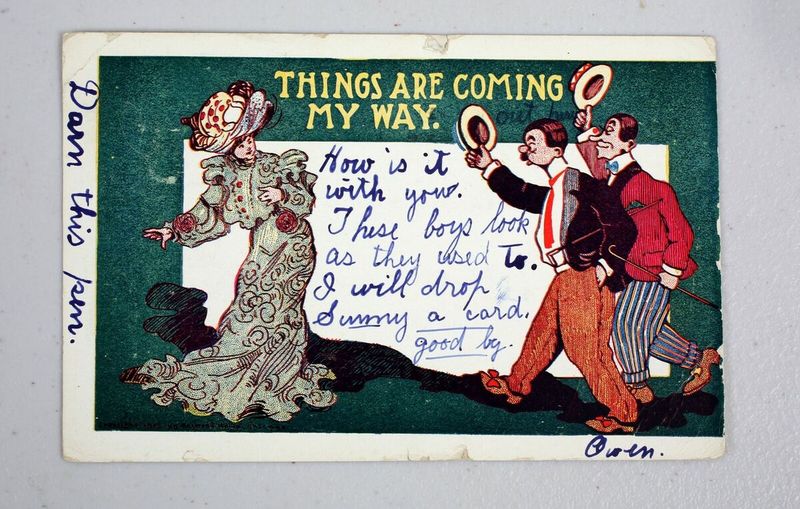
Victorian postcards were more than scenic photographs; they were windows into societal aspirations and explorations.
Postcards were popular due to their affordability and accessibility, allowing people from all walks of life to share experiences.
They reflect the wanderlust and cultural exchanges of the era, providing a snapshot of the burgeoning travel culture and the prevalent social etiquette of the Victorian age.
4. Civil War Soldier’s Diary Entry

A Civil War soldier’s diary entry is a haunting glimpse into the uncertainties of war. Written in pencil, the words convey a young soldier’s reflections on battle, camaraderie, and the longing for peace.
Diaries were personal spaces where soldiers documented their fears and hopes, unmediated by censorship. Through these pages, we understand the soldier’s perspective and emotional experiences, gaining insights into the daily life during this tumultuous period in American history.
This intimate record provides a deeply personal narrative of the past.
5. A Victorian Era Christmas Card
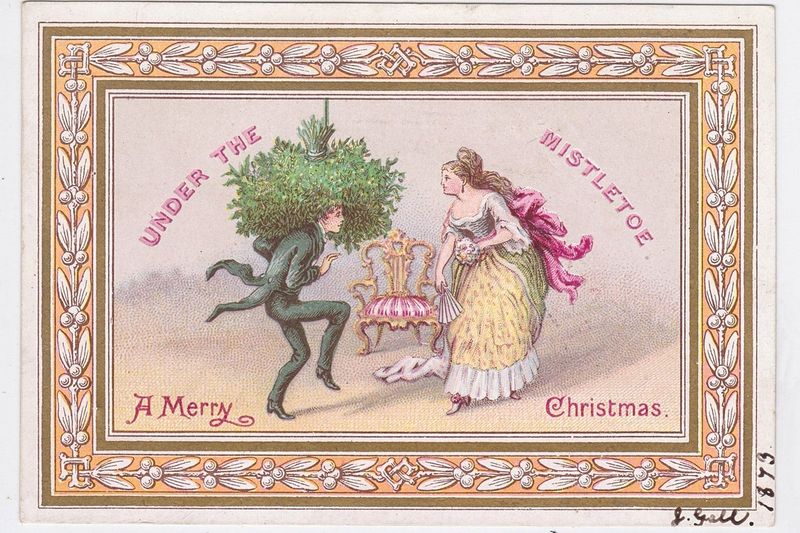
The Victorian era was a time when Christmas cards became a cherished tradition. These cards often showcased intricate designs, with images of holly, ivy, and idyllic winter scenes. The handwritten notes inside conveyed warm wishes and sentiments, capturing the spirit of the holiday season.
Collectors treasure these cards for their artistry and historical significance. They reveal much about the customs and social interactions of the time. The use of red wax seals added a touch of elegance and personal connection.
For those interested in vintage holidays, Victorian Christmas cards offer a window into traditions that have shaped how we celebrate today.
6. 1930s Catalog Order Form
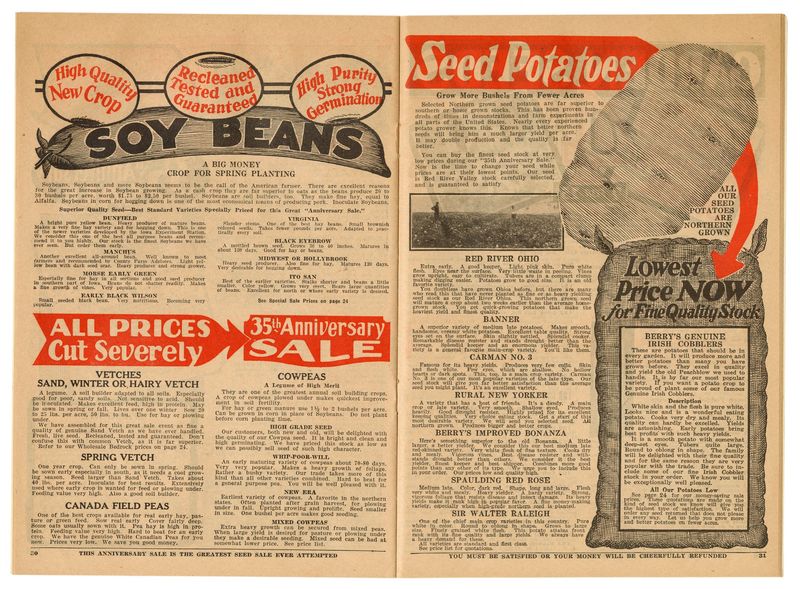
The 1930s catalog order form is a testament to the consumer culture of the time. This filled-out form, complete with product images, offers insights into domestic life and purchasing habits.
Catalogs democratized shopping experiences, bringing diverse products to households nationwide. The form reflects economic conditions and trends, showcasing products popular during the Great Depression.
For historians, such documents provide tangible evidence of how mail-order businesses reshaped consumer interactions, making shopping more accessible and personalized for the masses.
7. 19th Century Ship Captain’s Log
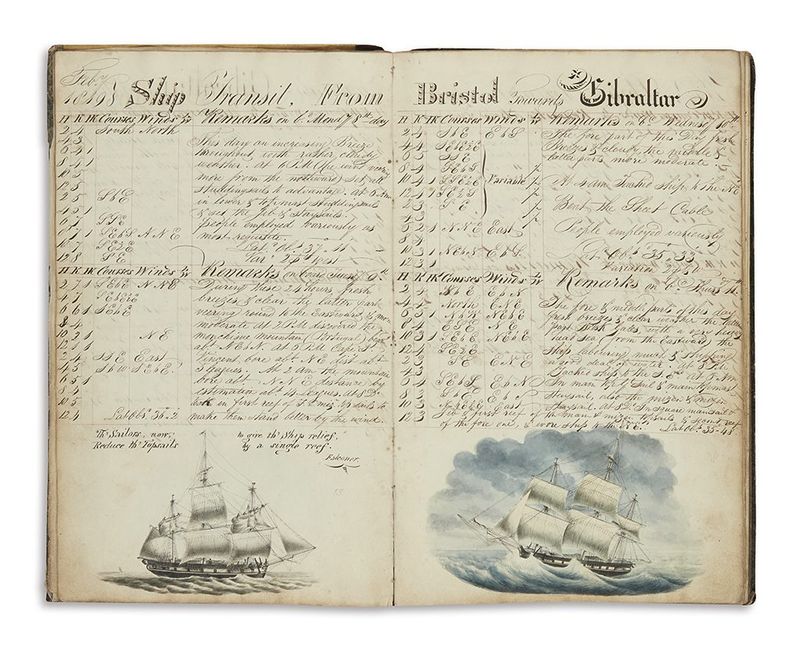
The captain’s log was an essential document for 19th-century sea voyages, meticulously recording daily events aboard a ship. Through these entries, we gain insights into the challenges and adventures faced by sailors during long journeys across unpredictable seas.
Detailed sketches and notes about weather conditions, routes, and encounters with other ships provide a vivid narrative of maritime life. These logs highlight the resilience and skill required to navigate the open ocean during this era.
Historians and enthusiasts explore these logs to understand the maritime history and the experiences of those who lived and worked at sea.
8. Renaissance Merchant’s Ledger
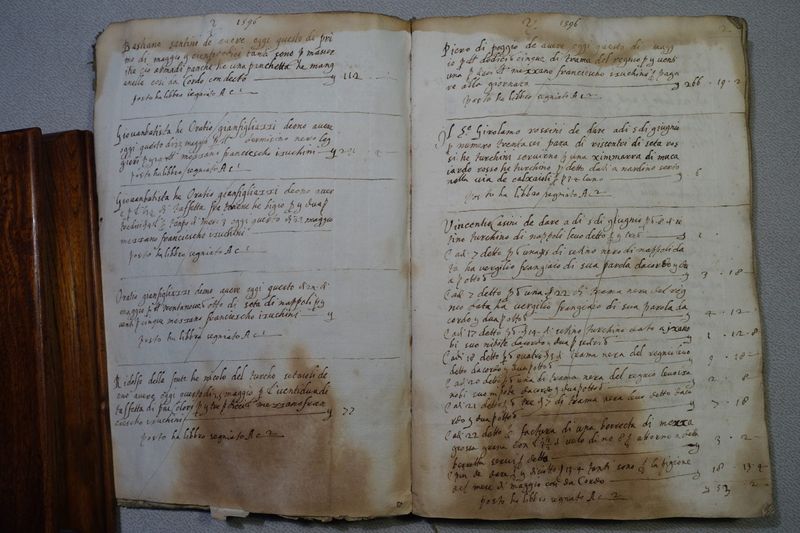
The Renaissance merchant’s ledger is a meticulous record of trade and commerce. Featuring hand-drawn symbols, it documents transactions and offers glimpses into the burgeoning trade networks of the era.
The ledger not only reflects economic practices but also the social hierarchies and interactions in marketplaces. As a primary source, it helps us understand the merchant class’s role and the interconnectedness of global trade during the Renaissance, offering a window into the economic foundations that shaped modern commerce.
9. Colonial Era Letter of Marque
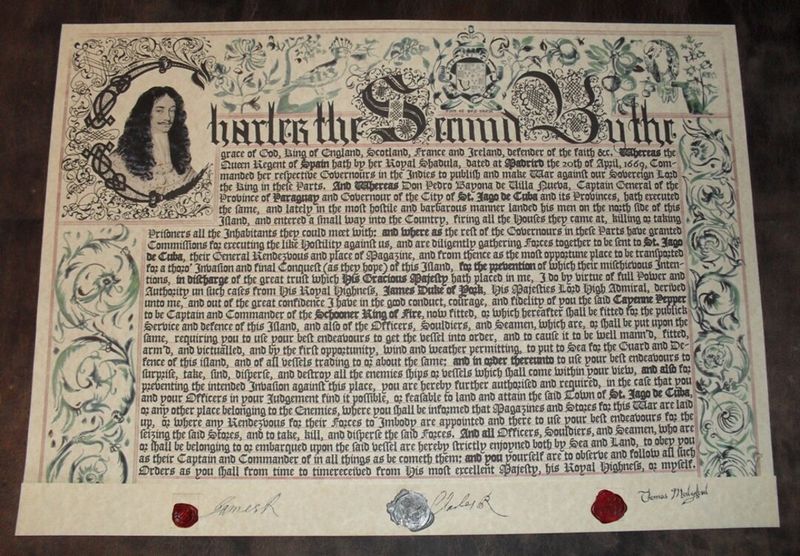
A Colonial era Letter of Marque is a fascinating legal document authorizing privateers to capture enemy ships. Signed with a quill, it highlights the intersection of law, commerce, and warfare.
These letters underscore the era’s maritime strategies and the complexities of colonial economy. They provide historical context about naval conflicts and the legal frameworks governing privateering.
By examining these documents, we gain insights into the geopolitical dynamics and economic incentives that shaped colonial expansion.
10. 18th Century Love Token
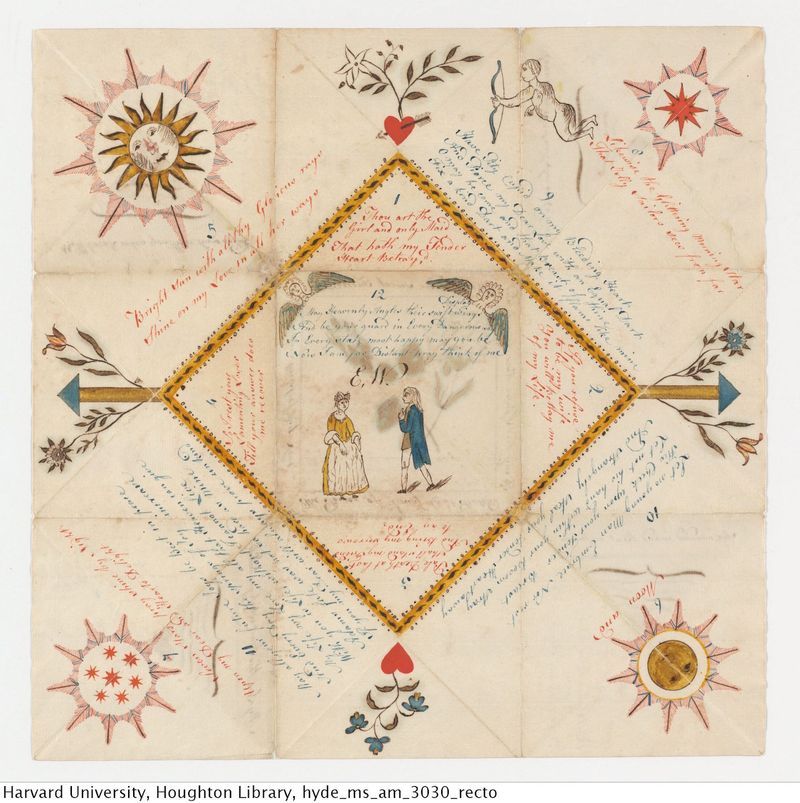
Love tokens, often made from engraved coins, were intimate gifts exchanged between lovers. This 18th-century token, inscribed with initials and a heart, symbolizes enduring affection.
Such items reveal personal stories and societal values, where tangible tokens were cherished for their sentimental worth.
Love tokens provide historical insights into romantic expressions and the emotional economy of the past, illustrating how people navigated relationships and expressed love in tangible ways during an era without instant communication.
11. Victorian Mourning Card
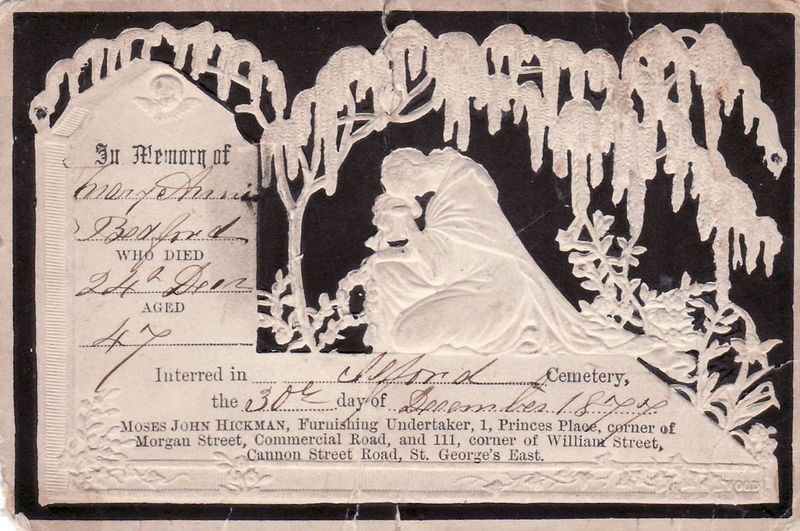
Victorian mourning cards, with their somber black edges and floral motifs, were expressions of grief and condolence. This card, held by a mourning widow, represents the era’s elaborate rituals surrounding mortality.
Such cards were used to announce the passing of a loved one and invite others to pay their respects. They reflect Victorian society’s attitudes towards passing away and mourning, providing cultural insights into how rituals and etiquette shaped personal and communal expressions of loss and remembrance.
12. Early 20th Century Advertising Mailer

Advertising mailers from the early 20th century were vibrant for that time, designed to captivate potential customers.
These promotional materials offer a glimpse into marketing strategies and consumer culture of the time. They highlight the evolution of advertising techniques and the role of mail in reaching diverse audiences.
Through these mailers, we understand how businesses communicated value propositions and engaged with consumers in a rapidly changing market.
13. Revolutionary War Spy Letter
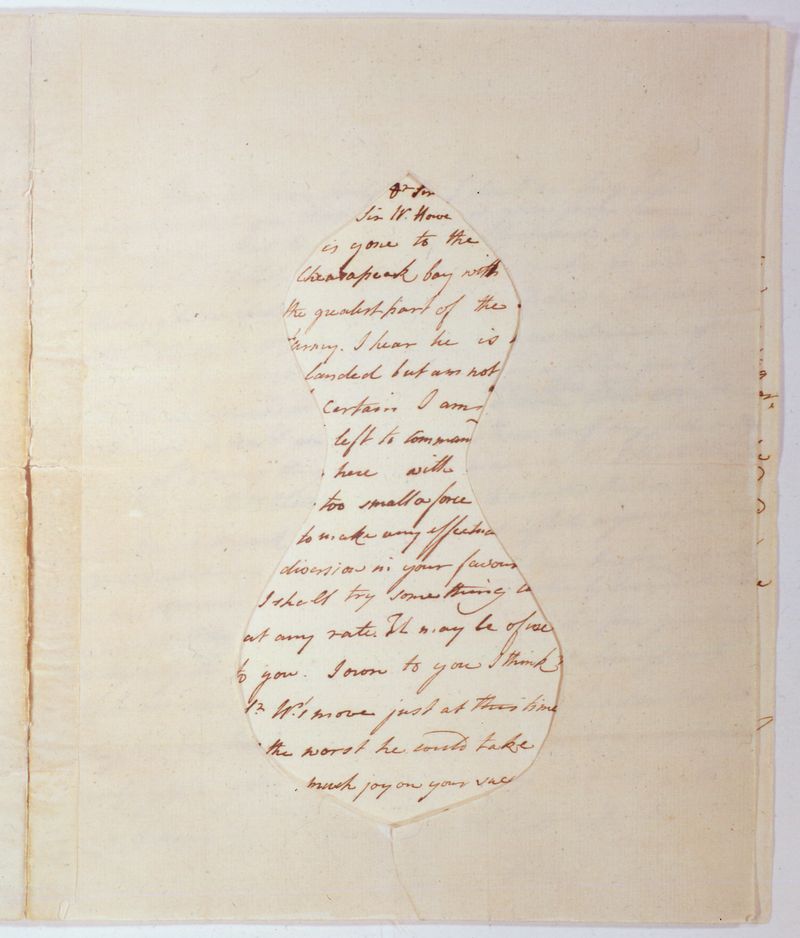
Spy letters from the Revolutionary War era are intriguing artifacts of espionage. This letter, written with invisible ink and codes, was vital for covert operations.
Such correspondence reveals the clandestine communication networks that were crucial for intelligence gathering. They offer insights into the strategies and risks undertaken by spies to influence the course of history.
By examining these letters, we comprehend the depth of ingenuity and bravery involved in wartime espionage, showcasing the critical role of covert communication in shaping outcomes.
